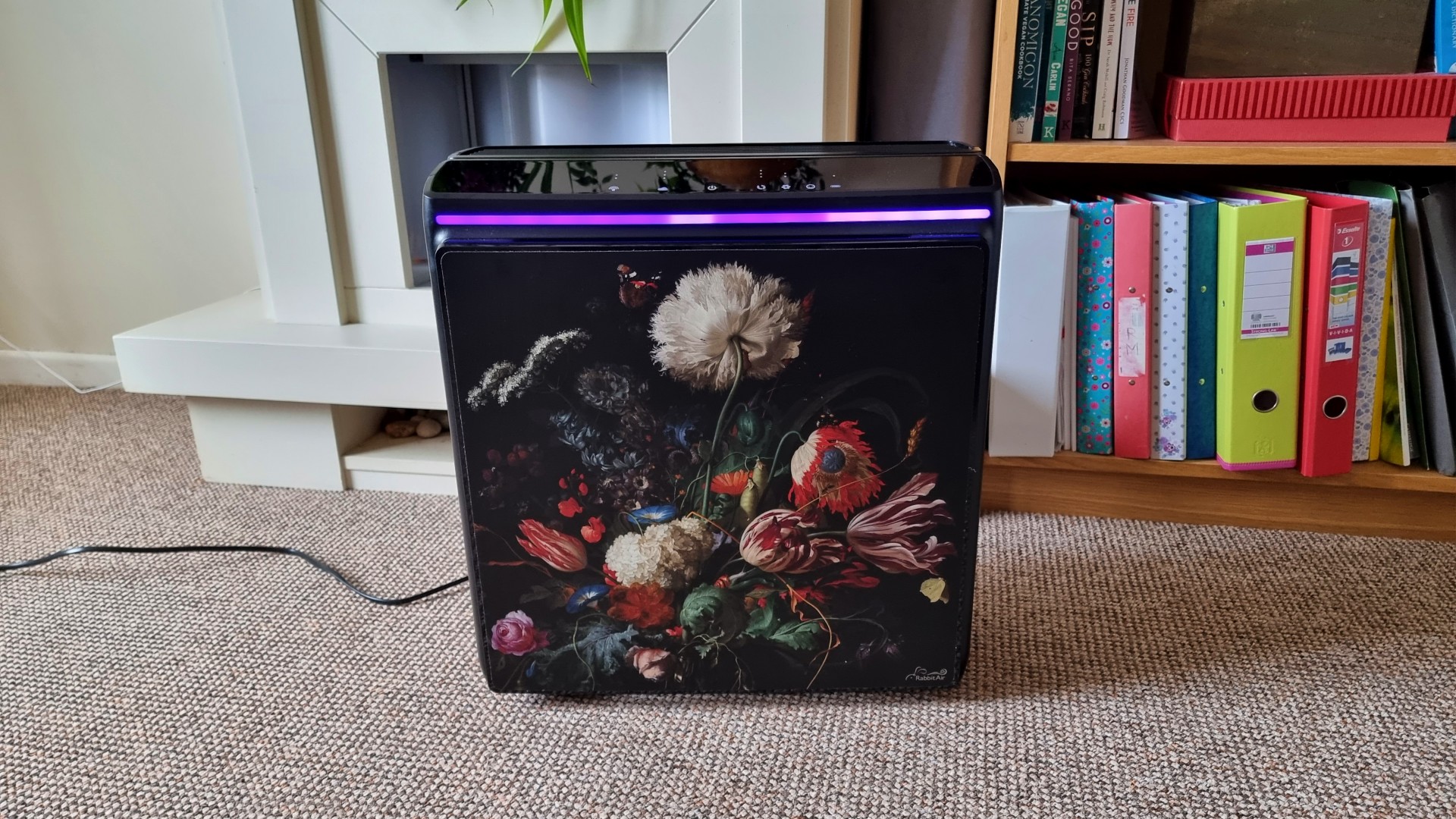Processes, Vol. 11, Pages 363: Water Cleaning by a Continuous Fixed-Bed Column for Cr(VI) Eco-Adsorption with Green Adsorbent-Based Biomass: An Experimental Modeling Study
Processes doi: 10.3390/pr11020363
Authors: Mohammed Kebir Hichem Tahraoui Malika Chabani Mohamed Trari Nasrallah Noureddine Aymen Amin Assadi Abdeltif Amrane Naoufel Ben Hamadi Lotfi Khezami
In this study, chromate adsorption onto red peanut skin (RPS) was investigated in a fixed-bed column; FTIR, PZC, SEM, DLS, and BET were used to evaluate its adsorption properties. The experiments were conducted to determine the effect of physical parameters, including the inlet initial Cr(VI) concentration (100–500 mg L−1), bed height (10–20 cm), and feed flow rate (13.59–23.45 mL min−1). They were carried out to predict breakthrough curves. The adsorption capacity coefficients were determined using the most widely used Bohart–Adams model. It was tested to fit experimental data, for a better understand the dynamic behavior, and for further optimize column performance. It was found that the Cr(VI) uptake decreases when increasing the flow rate and that high chromate concentration and bed height consequently increase the column’s life span. A high column adsorption capacity can be achieved with a higher Cr(VI) concentration due to the higher driving force. The results indicated that the Bohart–Adams model provides a good description (R2 > 0.98) of the experimental data of the Cr(VI)’s removal from the aqueous solution on the RPS suggesting that the surface diffusion is the rate-limiting step in the continues adsorption process.. Breakthrough adsorption capacity is crucial for comparing RPS with other similar materials. Indeed, possible mechanisms have been suggested for illustrating adsorption onto RPS. The obtained results showed significant potential of 26.23 mg g−1 of RPS on Cr(VI) elimination at a natural pH of 5.35. Furthermore, this global investigation allowed for the design of a promising low-cost material for the future scale-up of cleaning wastewater polluted by metal and determine the properly conditions for operating column adsorption. This material provides an economical, efficient means of eliminating pollutants, thus meeting the main aims of the UN Sustainable Development Goals (UN SDGs).

 1 year ago
64
1 year ago
64


